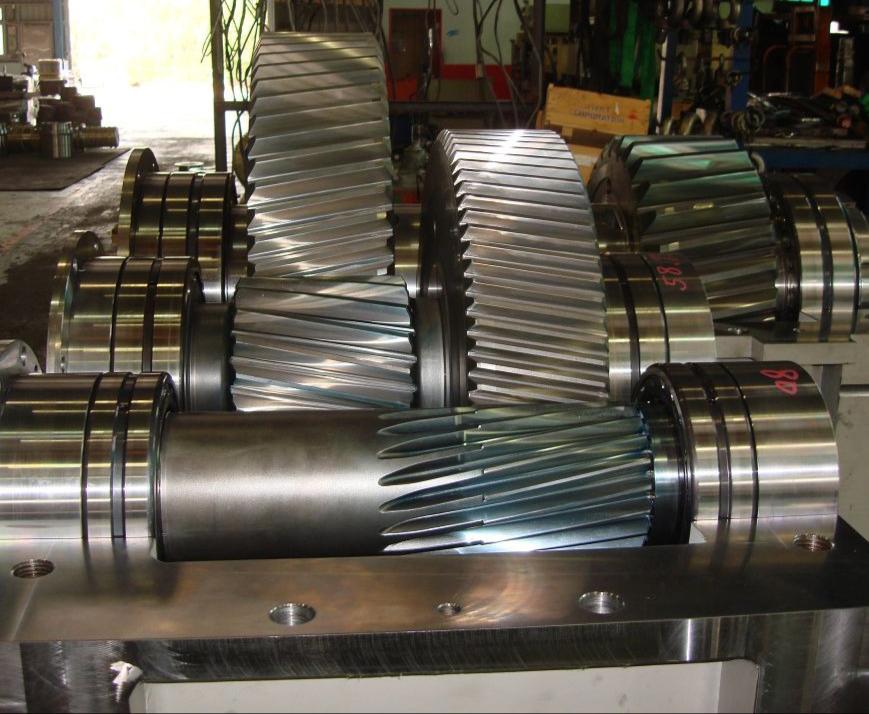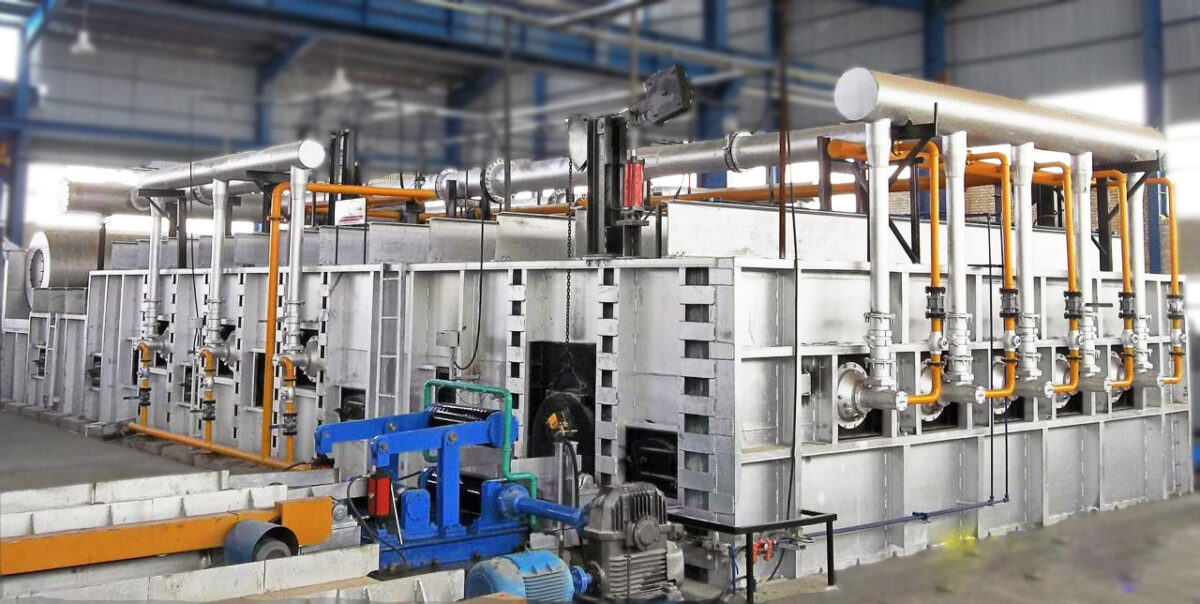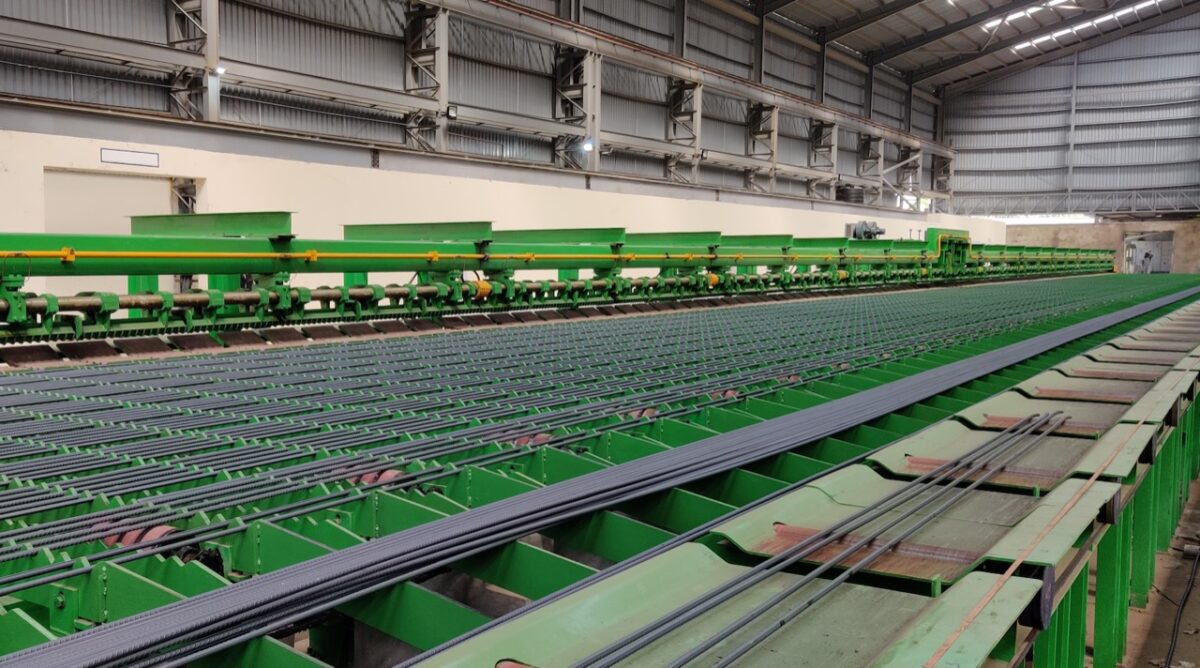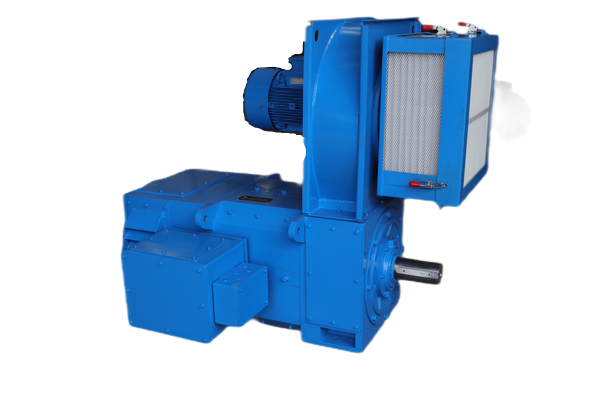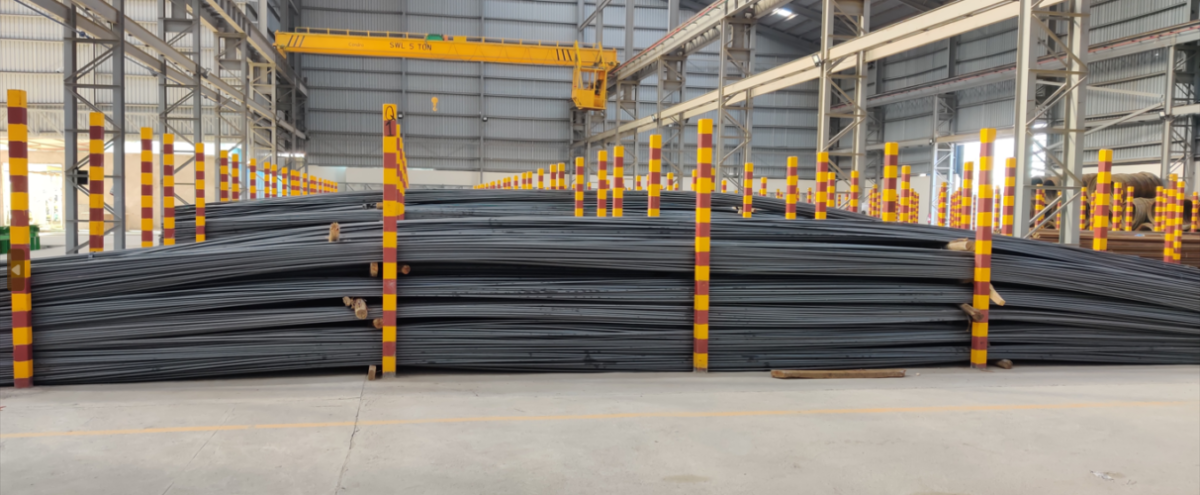In the manufacturing industry, rolling mills play a crucial role in shaping raw materials into essential products. These industrial giants are commonly found in steel plants and are vital for driving various sectors of the economy. However, the smooth operation of the mills relies on a complex network of components and consumables to ensure their reliability and longevity.
As one of the leading manufacturers of rolling mills in India, we have compiled this guide to help you understand the unique selling points of our spares and consumables. This will help you make an informed decision on what makes our products stand apart in the market.
The Steefo Group’s USPs for Rolling Mill Spare & Consumables
Rolling mills are complex systems comprising numerous moving parts, each playing a critical role in the overall performance. From rollers and bearings to gears and drive systems, every component must function with precision to maintain optimal efficiency. The Steefo Group’s spares and consumables have emerged as premium products offering unparalleled advantages that elevate the reliability quotient of rolling mills.
Fast Lead Time
In fast-paced manufacturing, downtime is not just an inconvenience but a costly affair. Every minute of inactivity translates to lost production and potential revenue. The Steefo Group’s understanding of this critical aspect is reflected in its commitment to swift lead times for spares and consumables. Whether it’s a replacement roller or a crucial gearbox component, our company ensures that downtime is minimized through the prompt delivery of high-quality parts. With streamlined logistics and efficient supply chain management, businesses operating rolling mills can rest assured that their operations remain unhindered, even in the face of unexpected challenges.
Superior Quality
The efficacy of any spare part or consumable is inherently tied to its quality. Inferior components not only compromise the performance of rolling mills but also pose safety risks to personnel and equipment. The Steefo Group sets a benchmark in the industry by adhering to rigorous quality standards in the manufacturing of spares and consumables. From utilizing premium-grade materials to employing advanced production techniques, every aspect of the offerings is engineered for durability, reliability, and optimal performance. Businesses can thus rely on The Steefo Group’s products to withstand the rigors of continuous operation, ensuring the smooth and trouble-free functioning of their steel plants.
Unbeatable Price
Cost-effectiveness is a cornerstone of sustainable manufacturing practices, and The Steefo Group recognises the importance of providing value without compromising on quality. One of the standout USPs of our spares and consumables is their unbeatable price point. By leveraging economies of scale and optimizing production processes, we offer competitively priced components without sacrificing quality or performance. This affordability factor not only reduces the financial burden on businesses operating rolling mills but also enhances their overall profitability and competitiveness in the market.
On-Time Delivery
In the dynamic manufacturing industry, where time is of the essence, the importance of on-time delivery cannot be overstated. Our commitment to punctuality sets us apart from the competition, ensuring that businesses receive their spares and consumables exactly when they need them. With efficient logistics management and a robust supply chain network, The Steefo Group guarantees timely delivery of components, minimising downtime and maximizing productivity for rolling mill operators. Whether it’s a critical replacement part or a routine consumable, businesses can rely on us to deliver promptly, keeping their operations running smoothly without any interruptions.
Reliable Performance
At the heart of The Steefo Group’s offerings lies a steadfast commitment to delivering reliable performance under all conditions. Whether it’s the extreme temperatures of a steel plant or the high-speed demands of a rolling mill, The Steefo Group’s spares and consumables are engineered to excel. Through meticulous design, rigorous testing, and continuous innovation, we ensure that each component meets the highest standards of quality and reliability. By partnering with us, businesses can trust that their mills will operate with optimal efficiency and consistency, delivering superior results with every cycle.
Zero Downtime
Downtime is the bane of manufacturing operations, causing disruptions, delays, and financial losses. The Steefo Group understands the critical importance of minimizing downtime and has thus made it a cornerstone of its offerings.
Summary of Our USPs
| USP | Description |
| Fast Lead Time | Streamlined processes ensure quick turnaround times, minimising waiting periods. |
| Superior Quality | Stringent quality standards are upheld at every stage of production. |
| Unbeatable Price | Competitive pricing is offered without compromising on quality. |
| On-Time Delivery | An efficient logistics network ensures timely delivery to clients. |
| Reliable Performance | Products consistently deliver reliable performance in various operational conditions. |
| Zero Downtime | Spares and consumables contribute to minimising downtime and optimising productivity. |
By incorporating The Steefo Group’s spares and consumables into their operations, businesses can harness the power of reliability and efficiency. You can set new standards of excellence in the dynamic landscape of rolling mills manufacturing.
Frequently Asked Questions By Clients
1. How does The Steefo Group ensure fast lead times for its spares and consumables?
The Steefo Group maintains streamlined processes throughout its supply chain, from production to delivery, to ensure quick turnaround times. By optimising logistics and inventory management, we minimise waiting periods, allowing businesses to resume operations swiftly.
2. What measures does The Steefo Group take to uphold superior quality in its products?
The Steefo Group adheres to stringent quality standards at every stage of production. From meticulous material selection to testing procedures, we ensure our consumables meet the highest benchmarks of reliability and durability. As a result, our products guarantee optimal performance in demanding operational conditions.
3. How does The Steefo Group manage to offer unbeatable prices without compromising on quality?
The Steefo Group leverages economies of scale and efficient production processes to offer competitive pricing without sacrificing quality. By optimising costs and eliminating inefficiencies, we provide businesses with access to top-notch components at affordable prices. This way we enable them to maximise their budgetary resources.
4. Can businesses rely on The Steefo Group for timely delivery of spares and consumables?
Absolutely. The Steefo Group operates an efficient logistics network that prioritises on-time delivery to clients. Through strategic partnerships and robust supply chain management, we ensure businesses receive their orders promptly. We help them minimise downtime and maximise operational efficiency.
5. Can The Steefo Group’s spares and consumables be customised to meet specific requirements?
Yes, The Steefo Group offers customisation options to cater to the unique needs of rolling mill operators. Whether it’s adapting components for specific mill configurations or developing bespoke turnkey solutions for specialised applications, you can rely on us. We work closely with clients to deliver tailored products that enhance efficiency and performance.
Contact Us Today for a No-Obligation Consultation
Invest in The Steefo Group’s spares and consumables today and experience the best in rolling mill performance. With our unwavering commitment to reliability, efficiency, and quality, we empower businesses to unlock their full potential and achieve unparalleled success in the competitive landscape of manufacturing.
Join our huge client base of industry leaders who trust The Steefo Group to deliver results, minimise downtime, and maximise profitability. Invest in the best and reap the rewards of seamless functionality, superior performance, and unmatched reliability. Call us now at +91 87589 98607 or write to us at marketing@thesteefogroup.com to book a no-obligation consultation and learn how we can help boost your business.
